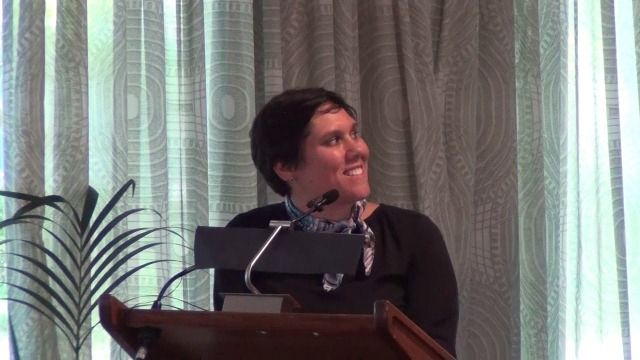Building a better ‘middle ground’: the next step for theory and museums

Theories relating to cultural intersections such as the cultural interface and contact zone theory have moved museum thinking and practice in to a new era of reflection and awareness. This new era has made important gains all round – for Indigenous people, museum workers and museum audiences. These theories often rely on binary oppositions, however, a firm line being drawn between Indigenous parties and museums. This may have been effective in the era of early change, but today, such binaries cast those in the middle ground – including Indigenous researchers, Indigenous museum professionals, and Indigenous museum audiences - into some kind of invisible limbo. This lecture reflects on the limitations posed by binary oppositions in museum theory and challenges movements such as ‘decolonise the museum’ to build a better, richer and more reflective playing field.
Jilda Andrews is a Yuwaalaraay person of north western NSW based in Canberra. Her research is focused on cultural material held in museum collections – particularly historical material considered ‘ethnographic’ or collected for anthropological enquiry. Recently having completed her PhD within the Research School of Humanities and the Arts at the ANU, Jilda pushes concepts of custodianship from both sides- beyond the collection, preservation and interpretation of historical objects in to contemporary spheres which further consider Indigenous agency and cultural continuities. Jilda is currently part of an interdisciplinary team developing the new permanent Environmental History Gallery at the National Museum of Australia due to open in 2021.
Location
Common Room, University House, 1 Balmain Crescent, ANU
Speaker
- Jilda Andrews